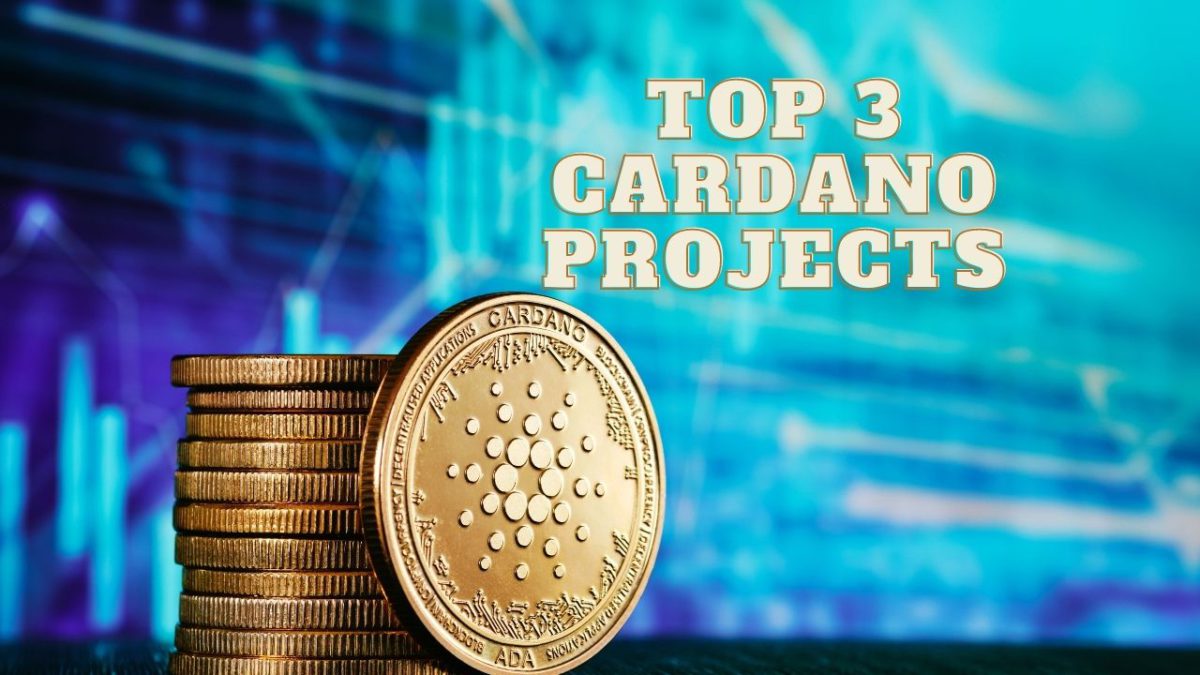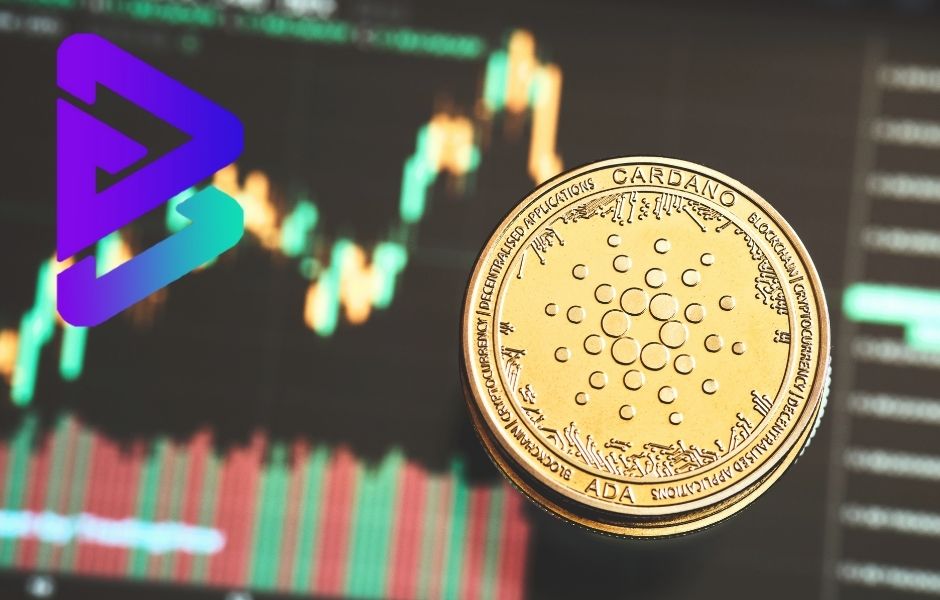Exploring Alternatives To Blockchain For Decentralized Finance (DeFi)
Decentralized finance, often referred to as DeFi, has gained significant traction in recent years as a groundbreaking financial paradigm built on blockchain technology. However, as DeFi continues to expand, it becomes evident that it may need alternatives to traditional blockchains to address certain challenges and limitations. In this article, we will delve into why decentralized finance needs alternatives to blockchain and explore some emerging solutions.
Challenges of Traditional Blockchains in DeFi
Before discussing alternatives, it’s essential to understand the challenges posed by traditional blockchains in the context of DeFi:
- Scalability: Many popular blockchains, like Ethereum, face scalability issues, resulting in slow transaction processing times and high fees during periods of network congestion. This can hinder the growth of DeFi applications.
- Costs: High gas fees on blockchains like Ethereum can make microtransactions impractical and deter users from engaging with DeFi protocols for smaller investments.
- Interoperability: DeFi operates across various blockchains and networks, which can lead to interoperability challenges. Bridging assets between different blockchains can be complex and costly.
- Environmental Concerns: Some blockchains, particularly those that rely on proof-of-work (PoW) consensus mechanisms, have faced criticism for their environmental impact due to energy-intensive mining processes.
Also, read – A beginner’s guide to Decentralized Finance- Exclusive Insights
Emerging Alternatives to Blockchain for DeFi
- Decentralized Finance (DeFi) has gained tremendous popularity on blockchain platforms like Ethereum, but as the sector continues to grow, it becomes apparent that traditional blockchains have certain limitations, particularly in terms of scalability, transaction fees, and environmental impact. This has led to the exploration of alternative technologies that can potentially address these challenges and provide a more efficient and sustainable infrastructure for DeFi. In this article, we will explore some of the emerging alternatives to blockchain for DeFi.1. Directed Acyclic Graphs (DAGs):Directed Acyclic Graphs, or DAGs, are non-linear data structures that have gained attention as an alternative to blockchain for DeFi. Unlike traditional blockchains, where transactions are grouped into blocks and added to a linear chain, DAGs use a more complex structure that allows transactions to be confirmed in a more parallel and asynchronous manner.
Key Features:
- Scalability: DAGs can potentially handle a high throughput of transactions due to their parallel processing nature, making them suitable for DeFi applications with a large user base.
- Low or No Fees: Some DAG-based systems aim to eliminate transaction fees, making microtransactions and small value transfers feasible within DeFi.
- Fast Confirmations: Transactions in DAGs can be confirmed quickly, leading to improved user experience in DeFi applications.
Examples: IOTA’s Tangle, Hedera Hashgraph
2. Layer 2 Solutions:
Layer 2 (L2) solutions are not an alternative to blockchain but rather a complementary approach to address scalability and cost issues associated with the base layer. L2 solutions operate on top of existing blockchains, providing a means to process transactions off-chain or in a more efficient manner.
Key Features:
- Scalability: L2 solutions can significantly increase the throughput of blockchain networks, alleviating congestion and reducing transaction fees.
- Affordability: By processing transactions off-chain or in a more cost-effective manner, L2 solutions make DeFi more accessible by reducing gas fees.
- Compatibility: L2 solutions are often designed to be compatible with existing blockchains, ensuring that DeFi applications can seamlessly integrate with them.
Examples: Lightning Network (Bitcoin), Optimistic Rollups (Ethereum)
3. Holochain:
Holochain is a unique approach to distributed computing that differs from traditional blockchains. Instead of a global ledger, each participant in the network maintains their own chain of data. This architecture is more agent-centric and is designed to enable scalable, peer-to-peer interactions.
Key Features:
- Scalability: Holochain’s architecture allows it to scale efficiently as the network grows, making it suitable for DeFi applications with a large user base.
- Reduced Dependency: Participants in Holochain networks do not rely on global consensus, reducing bottlenecks and improving overall efficiency.
- Flexibility: Holochain’s flexible design allows developers to create a wide range of decentralized applications, including DeFi solutions.
Example: Holochain
4. Directed Acyclic Hypergraph (DAH):
Directed Acyclic Hypergraph (DAH) is an emerging technology that aims to address the limitations of traditional blockchain networks. DAH combines elements of DAGs and blockchain to create a more scalable and efficient decentralized ledger.
Key Features:
- Scalability: DAH is designed to handle a high volume of transactions and data, making it suitable for DeFi applications that require scalability.
- Interoperability: DAH aims to improve interoperability between different blockchains, allowing for seamless asset transfers and data sharing.
- Consensus Innovation: DAH explores new consensus mechanisms that may enhance network security and efficiency.
Examples: Radix
5. Proof of Stake (PoS) Blockchains:
While PoS blockchains are not a new concept, they have gained attention as alternatives to traditional PoW (Proof of Work) blockchains for DeFi applications. PoS blockchains are known for their energy efficiency and potential scalability improvements.
Key Features:
- Environmental Friendliness: PoS blockchains consume significantly less energy than PoW blockchains, addressing environmental concerns.
- Scalability: Some PoS blockchains, like Polkadot and Cosmos, focus on scalability and interoperability, making them attractive for DeFi applications.
Examples: Polkadot, Cosmos
In conclusion, the growth of DeFi has led to the exploration of alternative technologies to traditional blockchains. Directed Acyclic Graphs (DAGs), Layer 2 solutions, Holochain, Directed Acyclic Hypergraphs (DAH), and Proof of Stake (PoS) blockchains are among the emerging alternatives that offer various features, including scalability, reduced transaction fees, and improved sustainability. As the DeFi ecosystem continues to evolve, these alternatives may play a vital role in shaping its future and addressing the challenges associated with blockchain-based DeFi platforms.
A session not to miss with @OrderlyNetwork and @here_wallet, deep diving on everything #DeFi on #NEAR 🔥
From Orderly powering dexes and HERE Wallet’s friendly UI and all of us working together. ❤️ What’s not to like?! Join us this Thursday at 11am UTC!https://t.co/tnKIWNLgVl
— Ref Finance (@finance_ref) September 19, 2023
Why DeFi Needs Alternatives to Blockchain
Decentralized Finance, or DeFi, has been one of the most disruptive and innovative sectors in the blockchain and cryptocurrency space. Built on blockchain technology, DeFi has introduced a wide range of financial services and applications, from lending and borrowing to decentralized exchanges and yield farming. However, as the DeFi ecosystem continues to expand, it’s becoming increasingly clear that there are pressing reasons why it needs alternatives to traditional blockchain technology. In this article, we’ll explore these reasons in detail.
1. Scalability Issues:
One of the most significant challenges facing DeFi on traditional blockchains like Ethereum is scalability. These blockchains often struggle to handle a high volume of transactions efficiently. As more users and applications join the network, congestion increases, leading to slower confirmation times and higher transaction fees. This scalability bottleneck limits the growth and usability of DeFi platforms.
Solution: Alternative technologies, such as Directed Acyclic Graphs (DAGs) and Layer 2 solutions, offer the potential to significantly improve scalability. DAG-based systems, like IOTA’s Tangle, process transactions more efficiently in a parallel and asynchronous manner. Layer 2 solutions, like Optimistic Rollups, offload some transaction processing from the main blockchain, reducing congestion and fees.
2. High Transaction Fees:
Transaction fees, often referred to as “gas fees,” are a significant concern in DeFi. On popular blockchain networks like Ethereum, gas fees can be exorbitant, particularly during periods of high demand. This makes microtransactions and small value transfers impractical, limiting the accessibility of DeFi for a broader audience.
Solution: Alternatives like DAGs, which aim to eliminate transaction fees, and Layer 2 solutions, which reduce fees by processing transactions off-chain, can make DeFi more affordable and inclusive.
3. Environmental Impact:
Many traditional blockchains, particularly those using Proof of Work (PoW) consensus mechanisms, have come under scrutiny for their energy-intensive mining processes. The environmental concerns associated with PoW blockchains clash with the sustainability goals of some DeFi projects and users.
Solution: Alternatives like Proof of Stake (PoS) blockchains, which consume significantly less energy, align better with sustainability objectives. PoS blockchains like Polkadot and Cosmos offer scalability improvements while being more eco-friendly.
4. Interoperability Challenges:
DeFi often operates across various blockchains and networks. This requires the bridging of assets and data between different ecosystems, which can be complex, costly, and prone to issues.
Solution: Alternative technologies like Directed Acyclic Hypergraphs (DAH) focus on enhancing interoperability between blockchains. DAH aims to provide seamless asset transfers and data sharing across different blockchain networks, simplifying the integration of DeFi applications.
5. Innovation and Experimentation:
The blockchain and cryptocurrency space is marked by rapid innovation. Developers are constantly exploring new technologies and approaches to address the challenges faced by DeFi. Staying open to alternative solutions allows for experimentation and the development of more efficient and secure platforms.
Solution: By exploring alternative technologies, DeFi projects can harness the latest advancements in distributed ledger technology, creating more innovative and resilient solutions for users.
Conclusion
Decentralized finance has disrupted the traditional financial sector and opened up new opportunities for financial inclusion and innovation. However, the limitations and challenges of traditional blockchains have led to the exploration of alternative technologies. These alternatives, such as DAGs, Layer 2 solutions, and innovative consensus mechanisms, offer the potential to enhance scalability, affordability, interoperability, and sustainability in the DeFi space.
The quest for alternatives to blockchain in DeFi reflects the dynamic nature of the cryptocurrency industry, where innovation is constant, and solutions evolve to meet the demands of a rapidly changing world. As the DeFi ecosystem continues to mature, these alternatives may play a significant role in shaping its future.
Stay informed with daily updates from Blockchain Magazine on Google News. Click here to follow us and mark as favorite: [Blockchain Magazine on Google News].
Get Blockchain Insights In Inbox
Stay ahead of the curve with expert analysis and market updates.
latest from tech
Disclaimer: Any post shared by a third-party agency are sponsored and Blockchain Magazine has no views on any such posts. The views and opinions expressed in this post are those of the clients and do not necessarily reflect the official policy or position of Blockchain Magazine. The information provided in this post is for informational purposes only and should not be considered as financial, investment, or professional advice. Blockchain Magazine does not endorse or promote any specific products, services, or companies mentioned in this posts. Readers are encouraged to conduct their own research and consult with a qualified professional before making any financial decisions. The featured image used is just a creative depiction of the title and it does not intend to hurt sentiments of any person or institution. If it hurts anyone sentiments, please do not hesitate to reach out to Blockchain Magazine.

 Bitcoin
Bitcoin  Ethereum
Ethereum  XRP
XRP  Tether
Tether  Solana
Solana  USDC
USDC  Dogecoin
Dogecoin  Cardano
Cardano  Lido Staked Ether
Lido Staked Ether  TRON
TRON  Wrapped Bitcoin
Wrapped Bitcoin  Chainlink
Chainlink  Wrapped stETH
Wrapped stETH  Sui
Sui  Avalanche
Avalanche  Stellar
Stellar  Shiba Inu
Shiba Inu  Hedera
Hedera  Toncoin
Toncoin  LEO Token
LEO Token  Hyperliquid
Hyperliquid  Bitget Token
Bitget Token  Litecoin
Litecoin  WETH
WETH  USDS
USDS  Polkadot
Polkadot  Bitcoin Cash
Bitcoin Cash  Ethena USDe
Ethena USDe  Wrapped eETH
Wrapped eETH  MANTRA
MANTRA  Uniswap
Uniswap  Pepe
Pepe  Ondo
Ondo  Monero
Monero  Aave
Aave  NEAR Protocol
NEAR Protocol  WhiteBIT Coin
WhiteBIT Coin  Mantle
Mantle  Official Trump
Official Trump  Aptos
Aptos  Dai
Dai  Internet Computer
Internet Computer  Ethereum Classic
Ethereum Classic  Bittensor
Bittensor  Cronos
Cronos  OKB
OKB  POL (ex-MATIC)
POL (ex-MATIC)  Gate
Gate 




